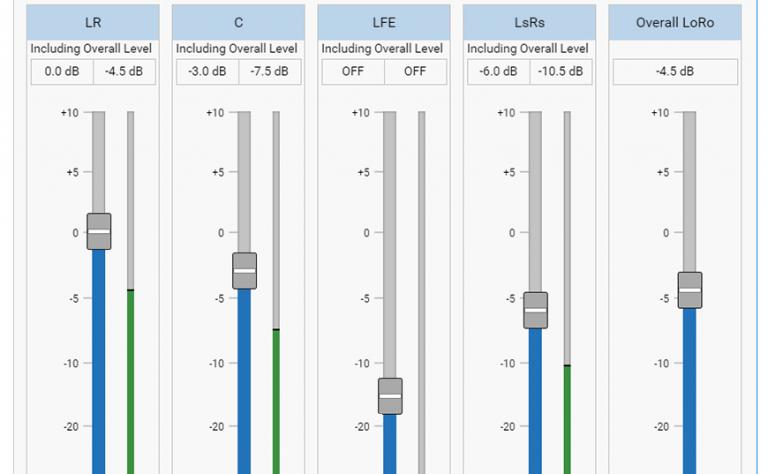There is a rising demand to provide alternatives to traditional broadcast workflows for some applications. This has come in many forms including remote production, headless consoles and IP integration.
Calrec can help broadcasters streamline workflows, reduce downtime on consoles, improve cost efficiency and expand variety of coverage, plus integrate with other equipment via open source transport mechanisms. Calrec has products which work on both IP and Hydra2 network infrastructures.
Type R is an IP-based mixing system which utilises standard networking technology and combines it with configurable soft panels that can be tailored to operator needs. It provides simple customisation across established networks, open control protocols and surface personalisation. Type R can be used without a physical surface with control and setup via Calrec’s browser-based Assist application and is fully compatible with a variety of automated systems.
VP2 runs on a Hydra2 backbone and also utilises Calrec’s Assist software for setup and control. VP2’s 4U core comes in three DSP sizes; 128, 180 and 240 input channels and incorporates Calrec’s powerful Hydra2 networking solution. Calrec Serial Control Protocol (CSCP) can allow the audio console to be completely controlled by an automation system.
Both products enable stations to reap many of the benefits of using a Calrec console, but without a physical control surface. Control and setup for both is through Calrec’s user-friendly Assist, which can be accessed from multiple locations via a web-browser.


